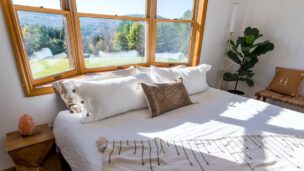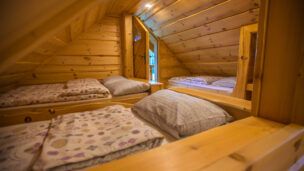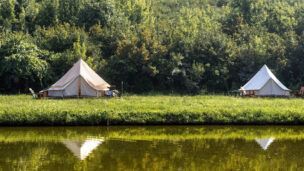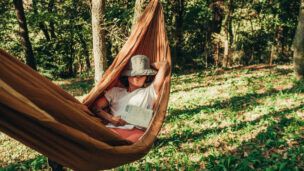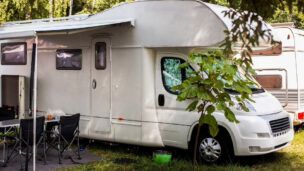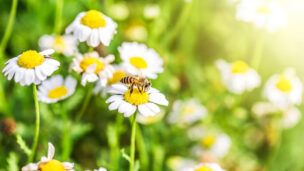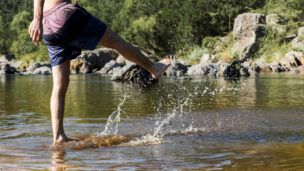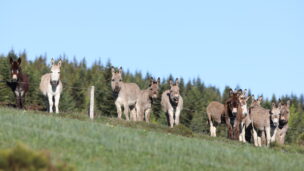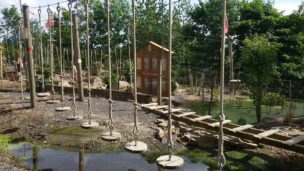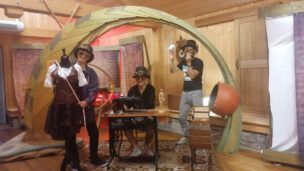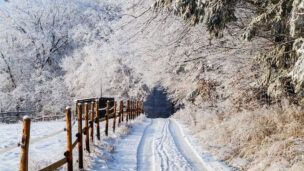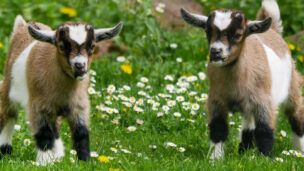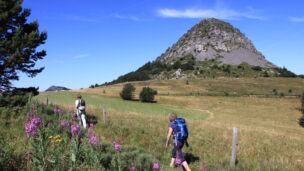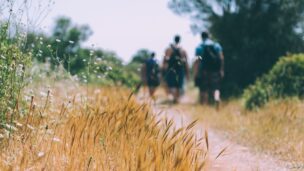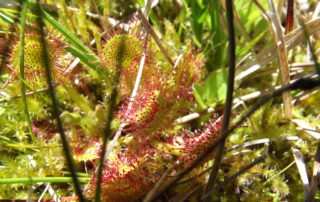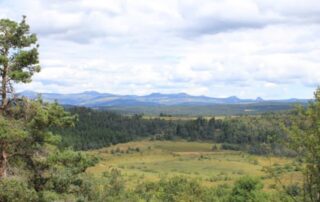Description
Once extinguished, the volcano crater turned into a lake and then aquatic plants gradually colonized the shallower areas. The cold and the lack of oxygen then limited the work of the micro-organisms responsible for the decomposition of the plants. Also, stems, dead leaves and various vegetation have gradually accumulated at the bottom of the lake, forming brown peat. For thousands of years, this natural phenomenon has transformed the crater lake into a bog. Sagne Redonde has been used for agricultural purposes for a very long time. The bog has also certainly been filled with water over the past centuries, as evidenced by the presence of an old dyke downstream of the site. Following the cessation of peat extraction, several plant species characteristic of peat bogs reclaimed the site. Among them, the sundew and the mud sedge, two plants protected at the national level. The Sagne Redonde peat bog is also a place of life and reproduction for many animal species, such as the otter, which finds there a veritable pantry when the frogs spawn. The diversity of dragonflies and butterflies is very important with respectively 37 and 35 species recorded. Several species of dragonflies observed on the bog are particularly rare in Ardèche or even in Rhône-Alpes.
Opening
All year round: open every day (Open all year except snow season).
Prices
| Free access. For safety reasons, do not approach too closely. Supervision possible on request. |
Location

